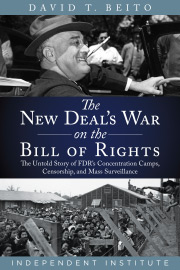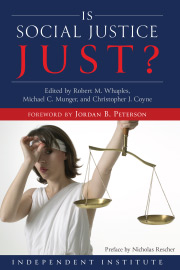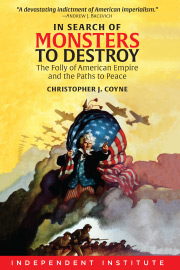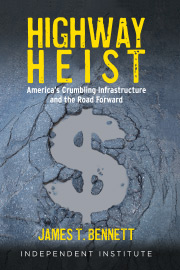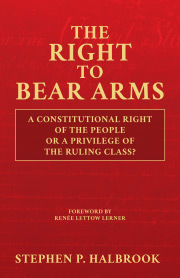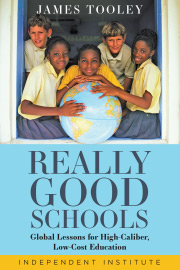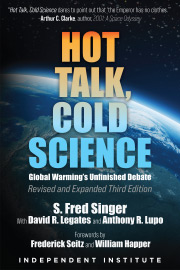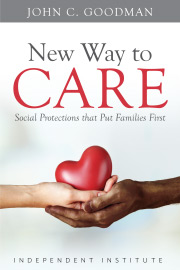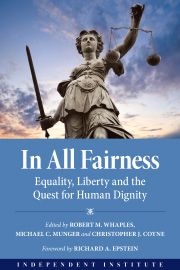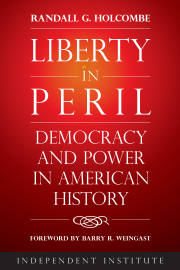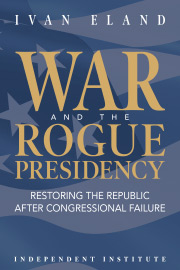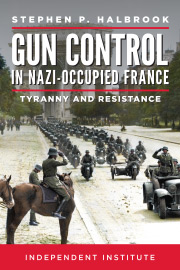Two Views of the Labor Market in the Deepening Recession
Although economists assess economic downturns primarily in terms of the reduction in aggregate output of final goods and services, the public pays greatest attention to the rate of unemployment. Ever since the Great Depression, it seems, people have lived in mortal fear of having their current employment terminated, and politicians have come to evaluate every conceivable economic issue (and some noneconomic issues, too, such as the 1991 U.S. war against Iraq) with regard to its effect on “jobs, jobs, jobs.” The news media focus obsessively on every tiny rise in the unemployment rate, notwithstanding that many such changes fall within the range of measurement error and therefore signify nothing with certainty.
During the present recession, however, there is little doubt that labor-market conditions have deteriorated substantially—that many jobs have been “lost,” as people say. The most recent report from the Bureau of Labor Statistics (BLS) puts the unemployment rate for May 2009 at 9.4 percent, a rate greater than any reported since the recession of the early 1980s. During the recent economic expansion, the unemployment rate fell to a cyclical low in late 2006 and early 2007 of 4.4 percent. Since it last touched that low point, in March 2007, it has increased by 114 percent. Putting the matter in this way makes the economic bust appear to be already quite bad.
Some observers, hankering to make it look even worse, have called attention to a more encompassing concept of “unemployment” (though the BLS does not describe it in this way), which is produced by adding to the officially unemployed persons (1) those persons working part-time who say they would prefer to work full-time (9.1 million in May 2009) and (2) those persons who have left the labor force because, they say, they believe they could not find a job even if they tried (hence, “discouraged workers,” amounting to 0.8 million in May 2009). By my calculation, this bulked-up, unofficial measure of unemployment stood at 15.6 percent of the civilian labor force (including discouraged workers in the denominator, for consistency) in May 2009.
It is tempting to think of employment and unemployment as mirror images of the same phenomenon, but doing so may easily mislead us. The official rate of unemployment purports to measure the number of civilians not employed but actively seeking employment in the survey period as a percentage of the number of civilians who are either currently employed or actively seeking employment (that is, all those “in the civilian labor force”). When people leave employment, however, they may either become officially unemployed (if they continue to seek employment actively) or not (if they leave the labor force). Similarly, when people enter the civilian labor force, they may do so by becoming employed or by becoming unemployed (by actively seeking but not yet finding acceptable employment). Therefore, the ebb and flow of the labor force acts as a sort of buffer between official employment and official unemployment. Careful labor economists routinely monitor all of these variables, including the number of involuntarily part-time workers and the number of discouraged workers.
To some extent, these complications can be circumvented by paying attention not to unemployment, but to employment during the ups and downs of the economy’s aggregate fluctuations. Recently, for example, the number of civilians employed reached a peak in November 2007, when 146.665 million persons were reported as employed. By May 2009, the number of employed persons had fallen to 140.570 million, or by 4.2 percent.
So, depending on whether you wish to make the recession appear to be bad or not so bad, using official BLS data in both cases, you may say that the rate of civilian unemployment last month had risen 114 percent from its previous cyclical trough, or you may say that the number of civilians employed last month stood at 95.8 percent of its previous cyclical peak. That the public, the media, and the politicians tend to focus more on the former sort of statement than on the latter tells us something about the public’s fears, the media’s desire to gain the attention of readers and viewers by frightening them, and the politicians’ desire to validate a crisis in order to justify their actions as ostensible rescuers delivering life-saving “stimulus packages” and all the rest of their pseudo-salvation.
